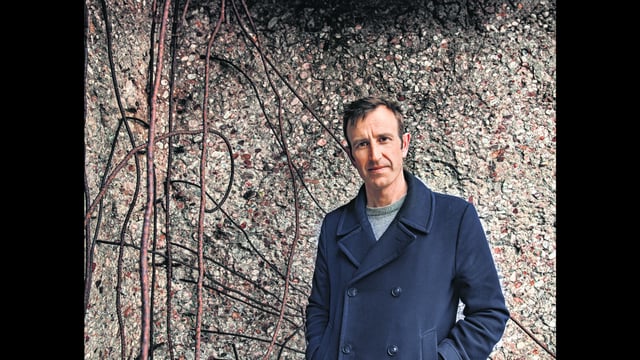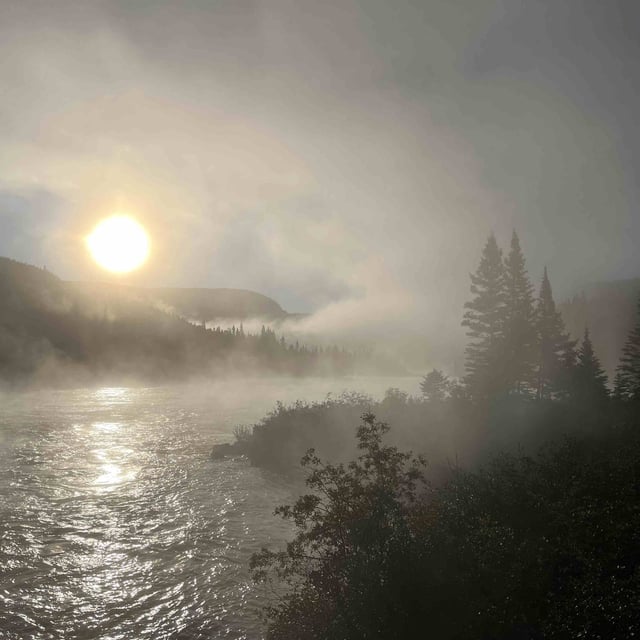Overview
- Robert Macfarlane’s book, Is a River Alive?, delves into the philosophical and legal recognition of rivers as living entities through case studies in Ecuador, India, and Canada.
- The book spotlights global precedents, including Ecuador’s 2008 constitutional Rights of Nature, New Zealand’s 2017 recognition of the Whanganui River, and Canada’s 2021 personhood status for Quebec’s Magpie River (Mutehekau Shipu).
- Macfarlane critiques anthropocentric legal systems, emphasizing the need for cultural and political shifts to accompany symbolic legal recognition of rivers.
- The Rio Los Cedros in Ecuador faces threats from gold mining, while Chennai’s waterways suffer from severe pollution and encroachment, underscoring the gap between legal protections and ecological realities.
- The movement draws on indigenous worldviews, such as those of the Innu people in Quebec, to challenge centuries-old legal traditions that treat rivers as mere resources.


